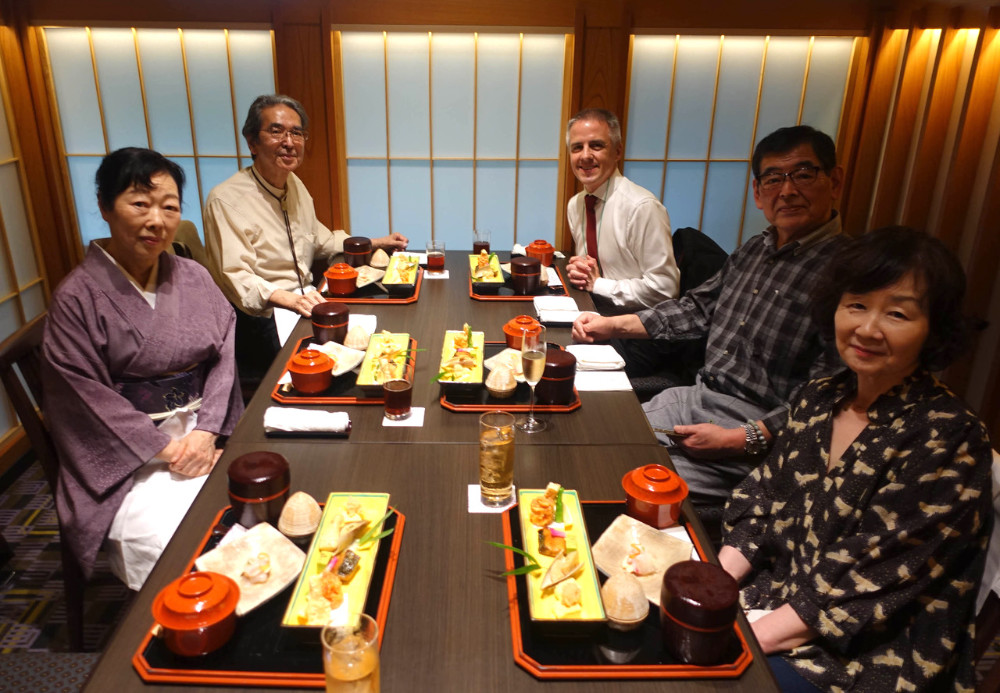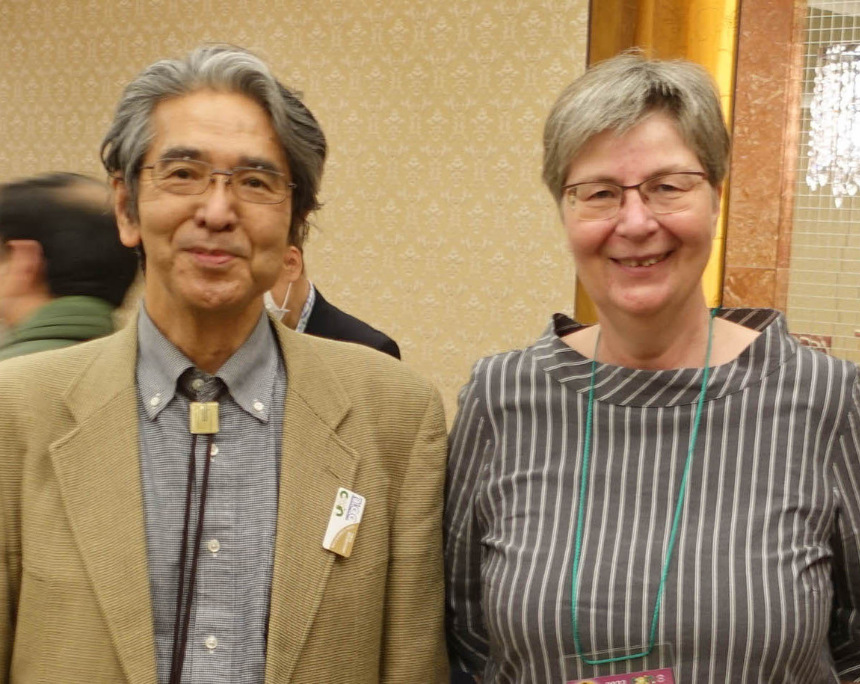Friedrich Wilhelm, the Great Elector.
Ducat 1686 LCS, Berlin.
Extremely rare.
Attractive piece.


Maximilian II.
Ducat 1855.
Only a few pieces are known.
Extremely fine-uncirculated.

Ferdinand Albrecht I.
Löser in the weight of 4 Reichstalers 1670, Clausthal.
Extremely rare.
Attractive piece.

Friedrich Adolf.
5 Ducats 1711, Detmold.
Only known piece.
Extremely fine-uncirculated.

6 Ducats, n. d. (1765-1790), with the title of Joseph II.
NGC MS 62 PL.
Extremely rare.
Attractive piece from polished dies.
Almost uncirculaed.

Johann Adolf, 1590-1616.
Portugalöser (10 ducats) n.d., Eutin.
Extremely rare and of particular
significance in monetary history.
Attractive piece.

Leopold I, 1657-1705.
20 Ducats, n. d. (after 1666), Hall,
by M. König.
Extremely rare.
Almost extremely fine.

Hideo Futahashi (†2024)
by Ursula Kampmann
We have only now learned that Hideo Futahashi has passed away. Mr. Futahashi was a key figure for Europeans looking to gain a foothold in the Japanese coin market. He was one of those open-minded Japanese who loved introducing European coin enthusiasts to the beauty of his country.
Content
How do you write an obituary for a man who spoke more about numismatics than about himself? Who found joy in introducing European coin enthusiasts to the beauty of his country and opening doors for them? He and his charming wife were generous hosts, never tiring of forging connections between Japanese and European numismatists. His death is a great loss for all those who have come to love Japan and its numismatic world.
An Ambassador for Japanese Numismatics
I first met Mr. Hideo Futahashi at the Mint Directors Conference 2012 in Vienna, which he attended with his wife. He was highly interested in engaging in conversation – so much so that language barriers ceased to matter. It took me a long time to understand the role he played in Japanese numismatics because this enthusiastic coin lover defined his own role and did not fit into any conventional mold.
Mr. Futahashi published a Japanese magazine, introducing international numismatic releases to Japanese collectors. He collected, published, and played a significant role in various coin collector associations in his country. He made it his mission to connect European dealers and journalists, like myself, with local collectors, museum curators, and dealers.

Hideo Futahashi and his wife in kimono on the left side of the table. On the right, Didier Leluan from cgb and two other guests of Mr. Futahashi’s. Photo: UK.
An Ambassador for Japanese Culture
My last meeting with Mr. Futahashi and his wife took place in April. As always, he had invited a small group of people to dinner during the TICC in Tokyo, carefully selecting the guests with the intention of introducing people who should know each other. He deliberately chose a traditional Japanese setting for this. He was proud of his culture and was delighted to meet people who appreciated it.
He only hinted that he had been seriously ill. But now, he said, he was feeling better, and we made grand plans for the coin collections and numismatic museums he wanted to show me on my next visit to Japan.
A Great Loss
I am deeply saddened by the death of my Japanese friend, whom I did not have the chance to know well enough. I miss his gracious kindness, his natural generosity, and the open-mindedness with which he welcomed me, a foreigner, into his country.
In Japan, there is a strong belief that people can continue to influence the lives of those they were connected to, even after death. I am certain that the spirit of Hideo Futahashi will always accompany me when I travel through Japan.











